World Championship and Isle of Man TT-winning motorcycle of great historical and technical interest • Offered with assorted correspondence relating to its provenance • Gear driven cams • Raced by 16-time national champion, Adamo Tursini Few marques have achieved so fine a competition record in so short a time as Mondial, the Italian company's period at the very top of Grand Prix racing encompassing the years 1949-51, plus a gloriously successful swansong in 1957. Founded in Bologna in 1929, Mondial concentrated on the manufacture of commercial vehicles prior to WW2, only turning to motorcycle making in 1948 following a meeting between co-founder Guiseppe Boselli and engineer Alfonso Drusiani. Flying in the face of accepted wisdom, Drusiani believed that it was possible for a four-stroke to compete against the two-strokes - fielded by MV Agusta and Morini - then dominating the ultra-lightweight class. To obtain the necessary power output, Drusiani specified twin overhead camshafts for Mondial's 123cc single. Although the all-aluminium, unit-construction engine was state-of-the-art at the time, the Mondial racer's cycle parts were somewhat dated, consisting as they did of a spindly duplex cradle frame, blade-type girder forks, plunger rear suspension and wheels and tyres of a narrowness more usually associated with autocycles. Nevertheless, the Mondial's maximum power of 11bhp allied to a dry weight of only 195lbs gave it a performance advantage that more than offset the deficiencies of its chassis. After a successful debut season in 1948 which saw works rider Nello Pagani win the Italian Grand Prix, the little Mondial was further improved for 1949. Maximum power was raised to 13bhp and Pagani duly brought Mondial its first World Championship, winning two of the three rounds and finishing sixth in the other. Mondial's dominance of the 125-class remained just as overwhelming for the next two years, Bruno Ruffo taking the title in 1950 and Carlo Ubbiali in 1951, before Cecil Sandford struck back for MV Agusta in 1952. The mid-1950s would prove to be relatively lean years for Mondial, for not only did it have MV to contend with but also newcomers NSU, the German firm enjoying a clean sweep of the lightweight and ultra-lightweight classes for the next two years. One ray of hope however, had been the emergence in Italy of a future star - Tarquinio Provini. Riding a Mondial production racer, Provini had dominated Italian national racing's 125cc class in 1953 and was recruited into the works squad for 1954. However, even Provini's prodigious talent could not make up for a lack of machine development, and success remained elusive. Then in 1957, having experimented with an over-bored 175cc single in the lightweight class and then a full-sized twin, Drusiani drew up an entirely new 246cc single and re-vamped the existing 125. The result was a magnificent return to former glory, Provini ending the season as 125cc World Champion while newly recruited Cecil Sandford took the 250 crown. Sandford took the title at a canter, winning two of the six rounds – the Isle of Man TT and Ulster Grand Prix - and finishing on the podium three more times, with a worst finish of 4th. Sadly, what should have been the dawn of a new golden age for the Bologna marque was not to be: Mondial, along with Moto Guzzi and Gilera, withdrew from Grand Prix racing at the season's end and although the firm built a number of - mainly two-stroke - racers in the 1960s it never achieved the same heights again. Following extensive research, the vendor's father bought this FB Mondial in Italy, from a highly respected collector, as being the ex-Cecil Sandford machine. The vendor's father also owns another ex-works 250 Mondial, which was sold to him in 2013 as the Sandford bike but is actually that of Tarquinio Provini. For the 1957 season, Mondial introduced a new engine with gear driven camshafts; however, it is well recorded that Provini tried the new engine and was not hap
World Championship and Isle of Man TT-winning motorcycle of great historical and technical interest • Offered with assorted correspondence relating to its provenance • Gear driven cams • Raced by 16-time national champion, Adamo Tursini Few marques have achieved so fine a competition record in so short a time as Mondial, the Italian company's period at the very top of Grand Prix racing encompassing the years 1949-51, plus a gloriously successful swansong in 1957. Founded in Bologna in 1929, Mondial concentrated on the manufacture of commercial vehicles prior to WW2, only turning to motorcycle making in 1948 following a meeting between co-founder Guiseppe Boselli and engineer Alfonso Drusiani. Flying in the face of accepted wisdom, Drusiani believed that it was possible for a four-stroke to compete against the two-strokes - fielded by MV Agusta and Morini - then dominating the ultra-lightweight class. To obtain the necessary power output, Drusiani specified twin overhead camshafts for Mondial's 123cc single. Although the all-aluminium, unit-construction engine was state-of-the-art at the time, the Mondial racer's cycle parts were somewhat dated, consisting as they did of a spindly duplex cradle frame, blade-type girder forks, plunger rear suspension and wheels and tyres of a narrowness more usually associated with autocycles. Nevertheless, the Mondial's maximum power of 11bhp allied to a dry weight of only 195lbs gave it a performance advantage that more than offset the deficiencies of its chassis. After a successful debut season in 1948 which saw works rider Nello Pagani win the Italian Grand Prix, the little Mondial was further improved for 1949. Maximum power was raised to 13bhp and Pagani duly brought Mondial its first World Championship, winning two of the three rounds and finishing sixth in the other. Mondial's dominance of the 125-class remained just as overwhelming for the next two years, Bruno Ruffo taking the title in 1950 and Carlo Ubbiali in 1951, before Cecil Sandford struck back for MV Agusta in 1952. The mid-1950s would prove to be relatively lean years for Mondial, for not only did it have MV to contend with but also newcomers NSU, the German firm enjoying a clean sweep of the lightweight and ultra-lightweight classes for the next two years. One ray of hope however, had been the emergence in Italy of a future star - Tarquinio Provini. Riding a Mondial production racer, Provini had dominated Italian national racing's 125cc class in 1953 and was recruited into the works squad for 1954. However, even Provini's prodigious talent could not make up for a lack of machine development, and success remained elusive. Then in 1957, having experimented with an over-bored 175cc single in the lightweight class and then a full-sized twin, Drusiani drew up an entirely new 246cc single and re-vamped the existing 125. The result was a magnificent return to former glory, Provini ending the season as 125cc World Champion while newly recruited Cecil Sandford took the 250 crown. Sandford took the title at a canter, winning two of the six rounds – the Isle of Man TT and Ulster Grand Prix - and finishing on the podium three more times, with a worst finish of 4th. Sadly, what should have been the dawn of a new golden age for the Bologna marque was not to be: Mondial, along with Moto Guzzi and Gilera, withdrew from Grand Prix racing at the season's end and although the firm built a number of - mainly two-stroke - racers in the 1960s it never achieved the same heights again. Following extensive research, the vendor's father bought this FB Mondial in Italy, from a highly respected collector, as being the ex-Cecil Sandford machine. The vendor's father also owns another ex-works 250 Mondial, which was sold to him in 2013 as the Sandford bike but is actually that of Tarquinio Provini. For the 1957 season, Mondial introduced a new engine with gear driven camshafts; however, it is well recorded that Provini tried the new engine and was not hap

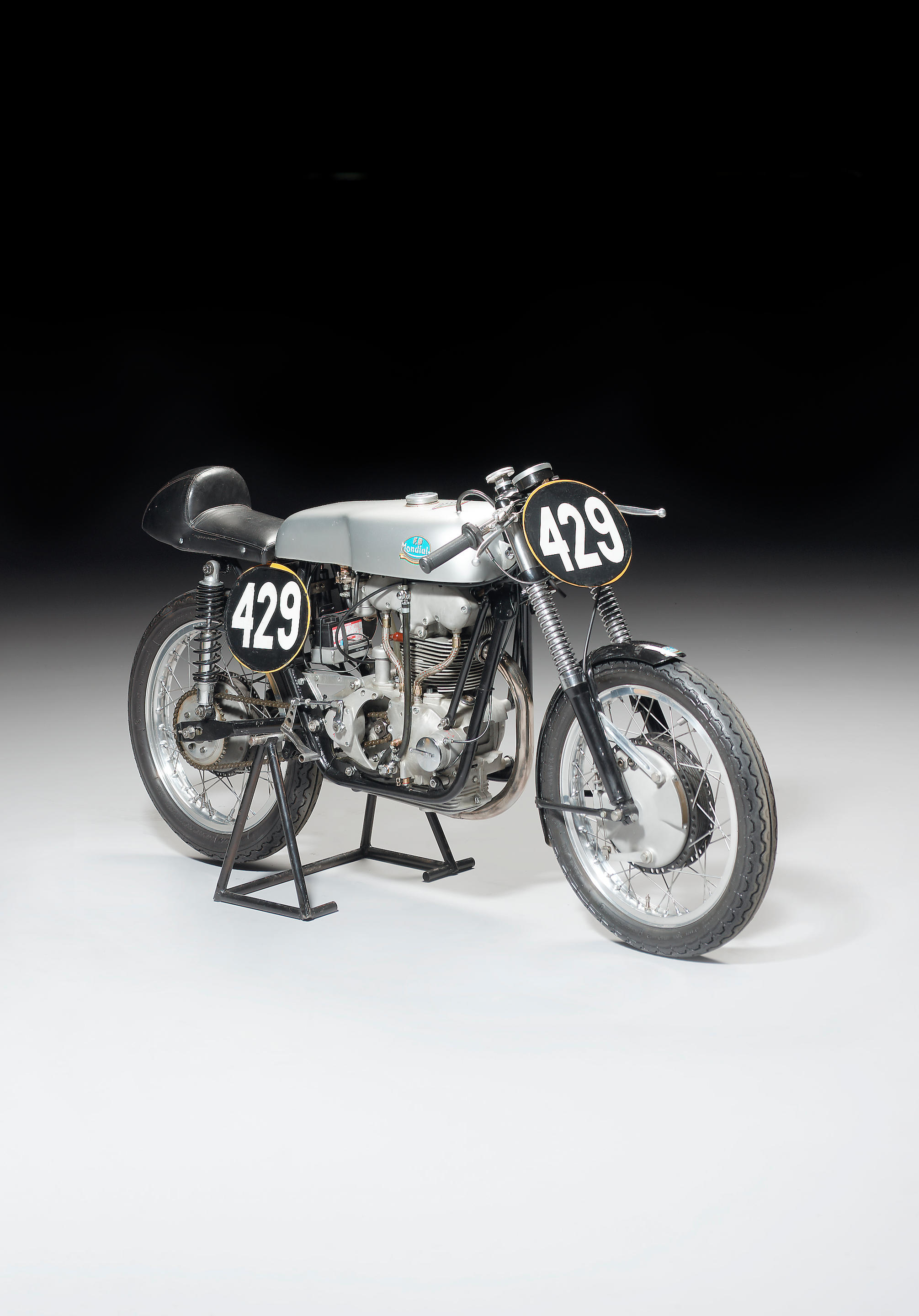
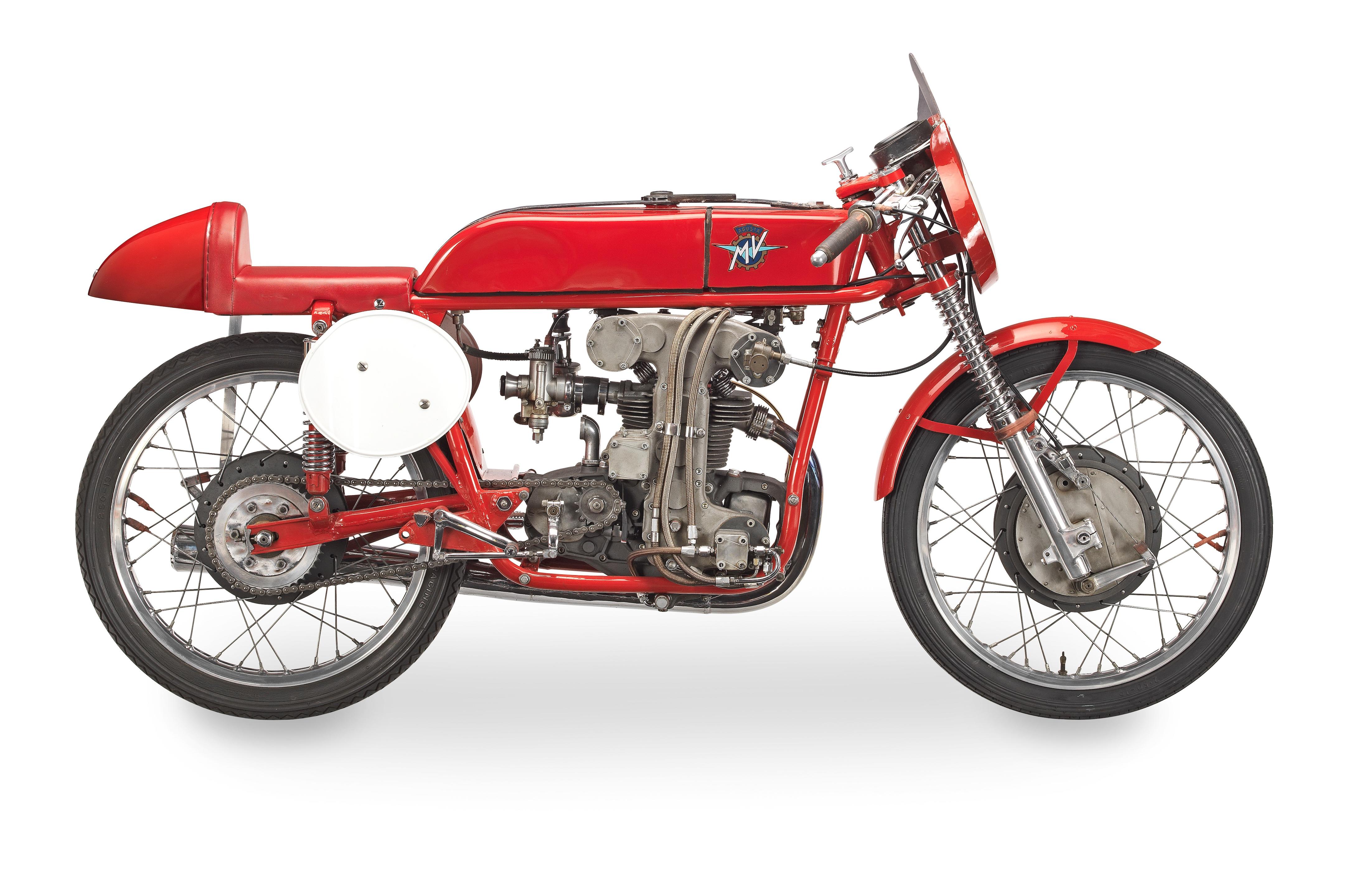


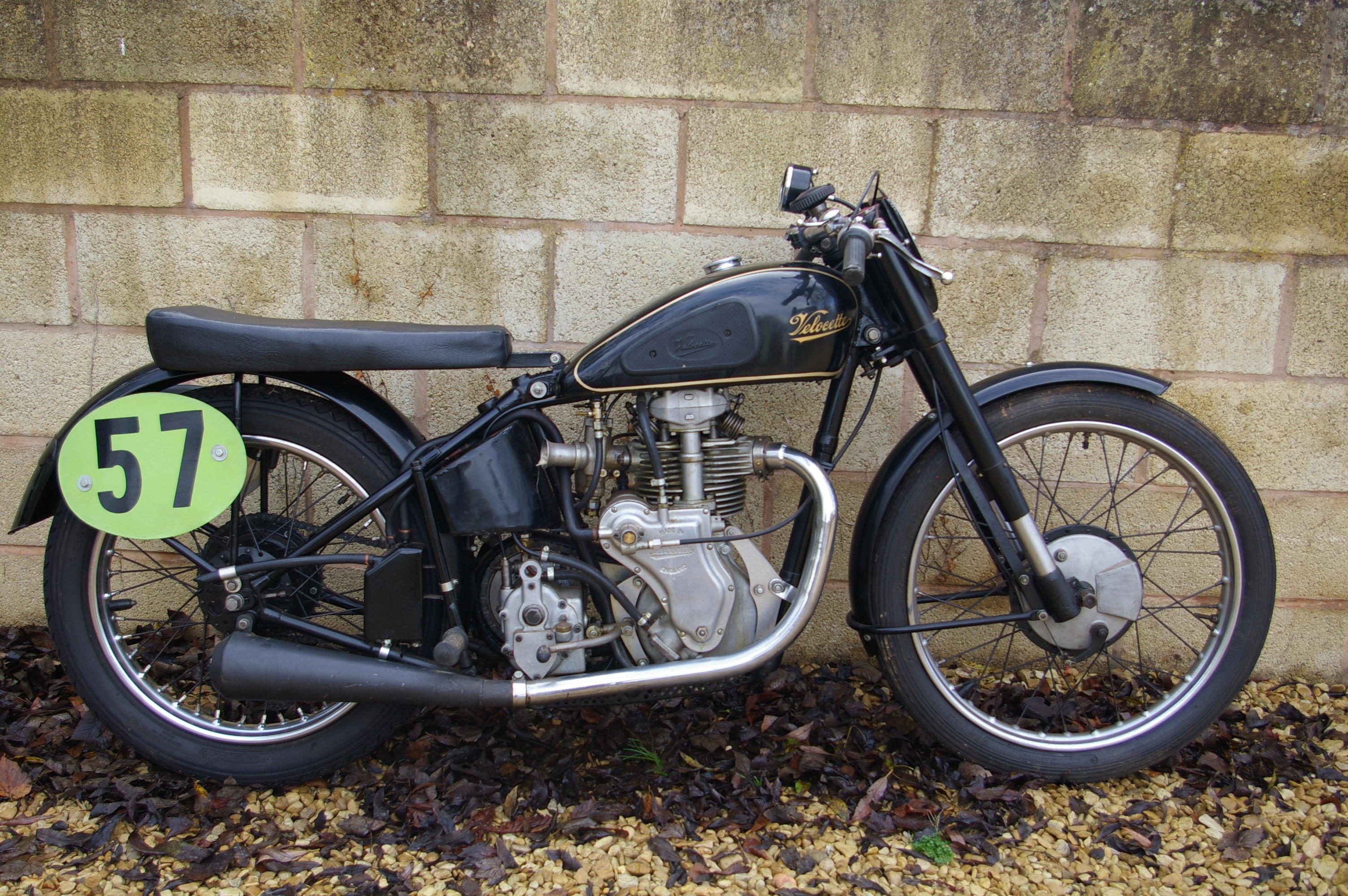
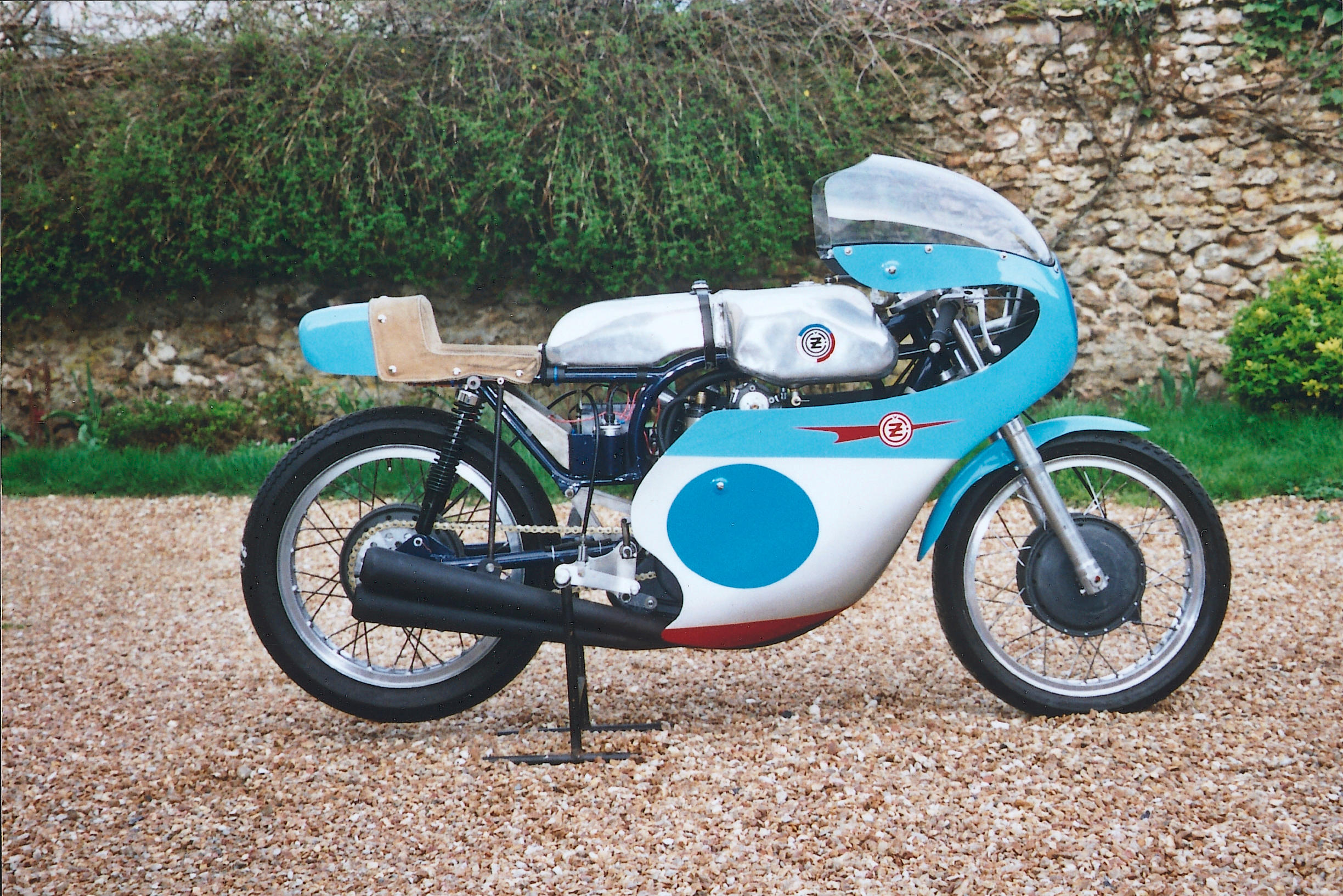
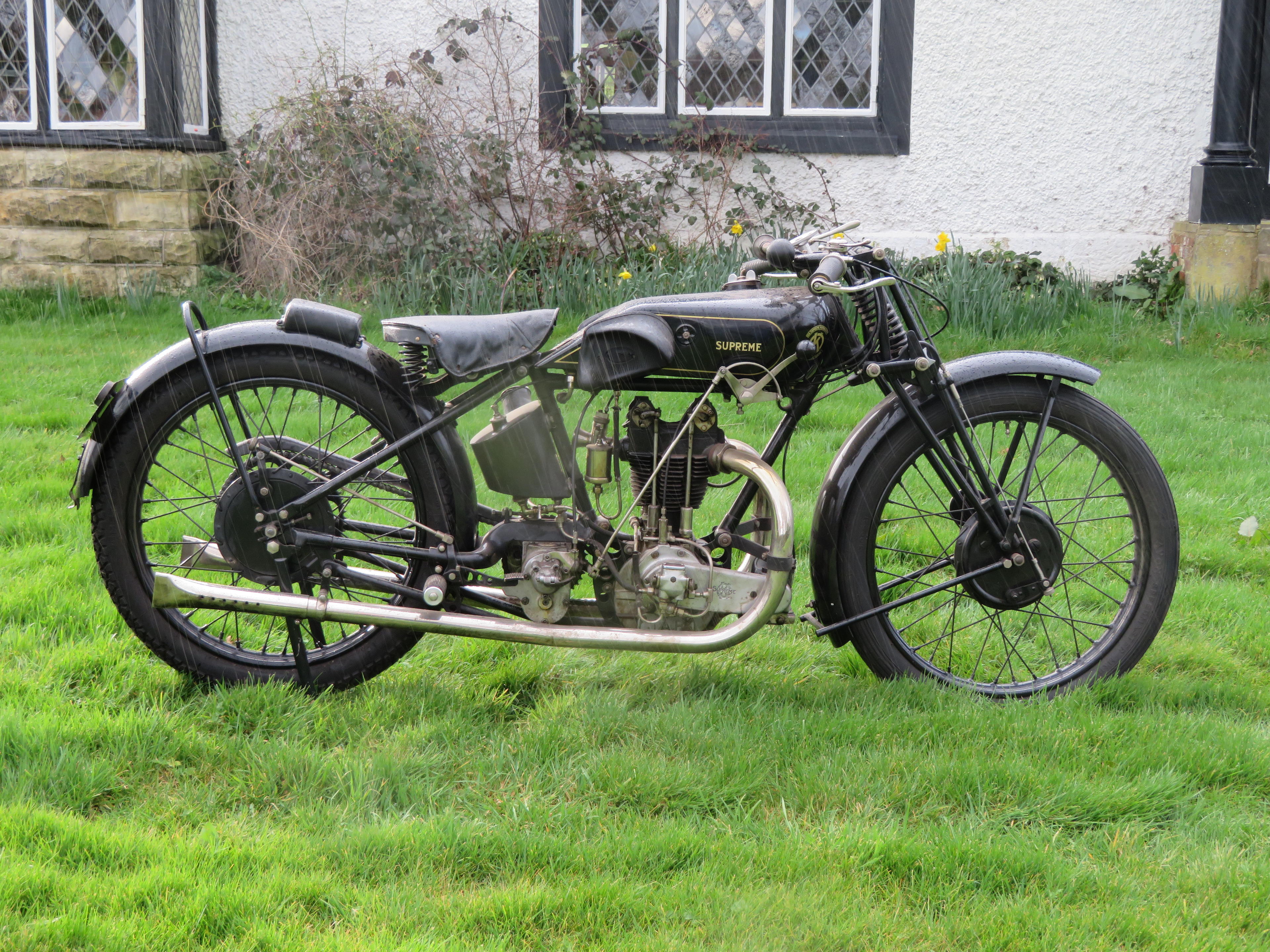
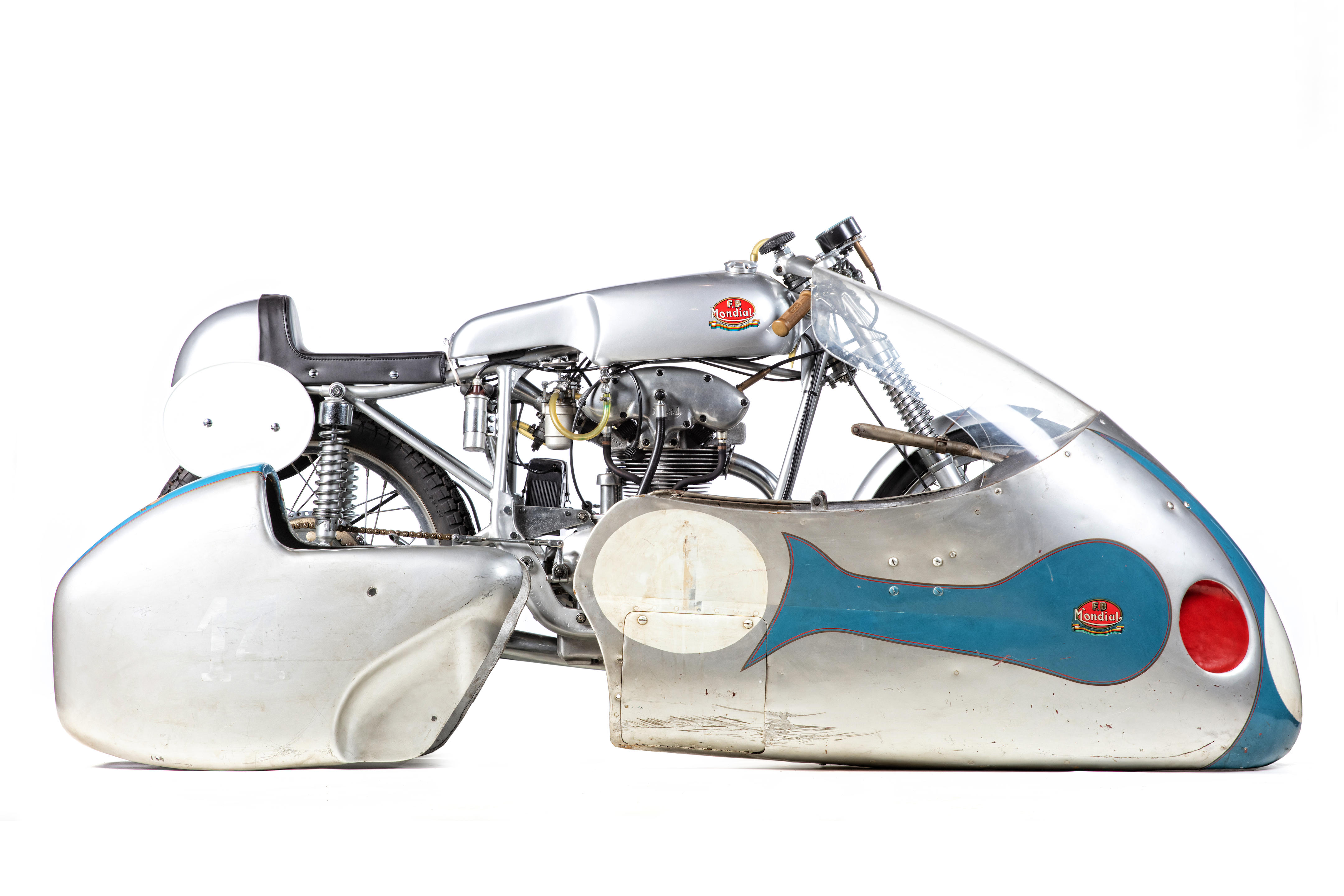
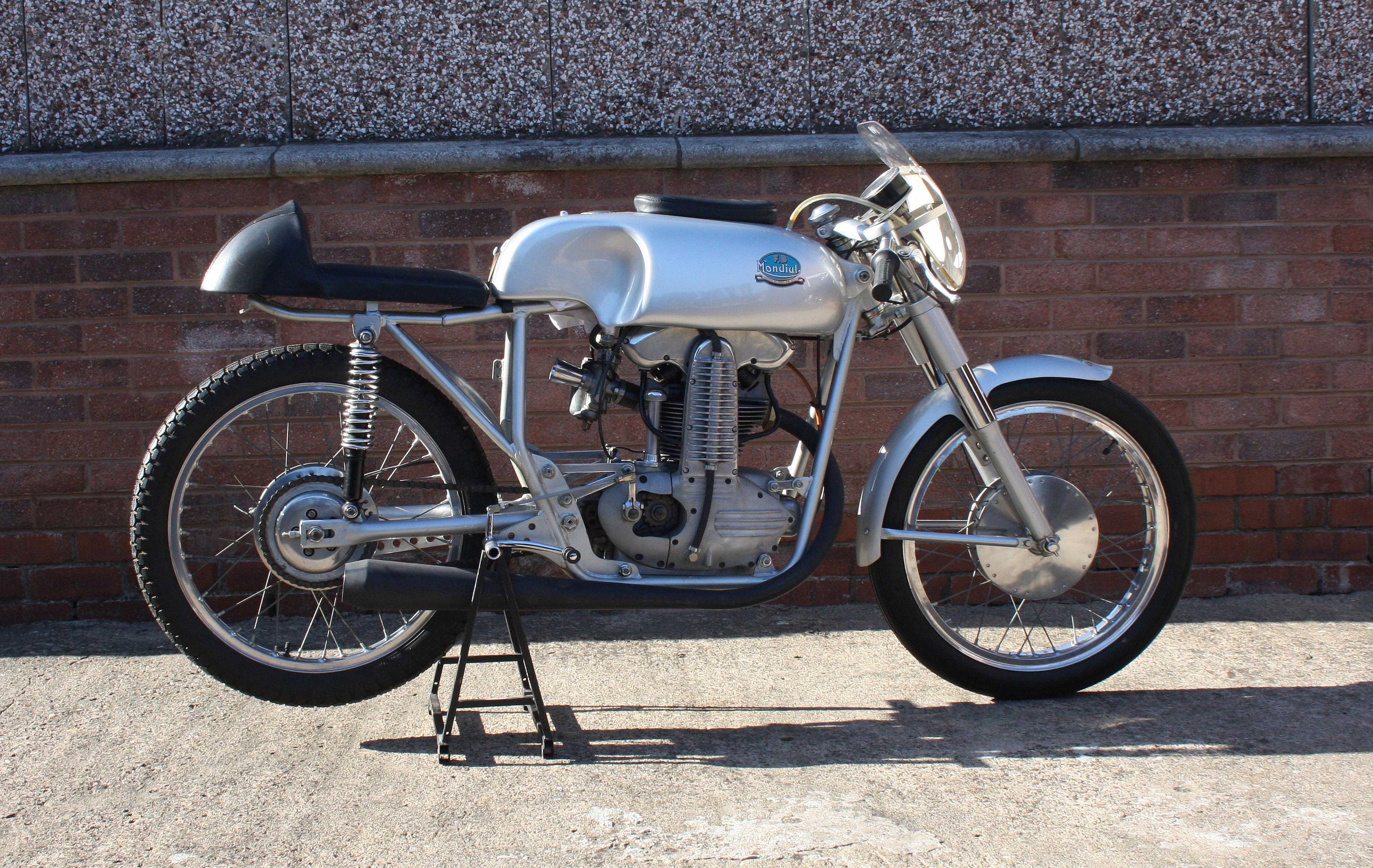
.jpg)
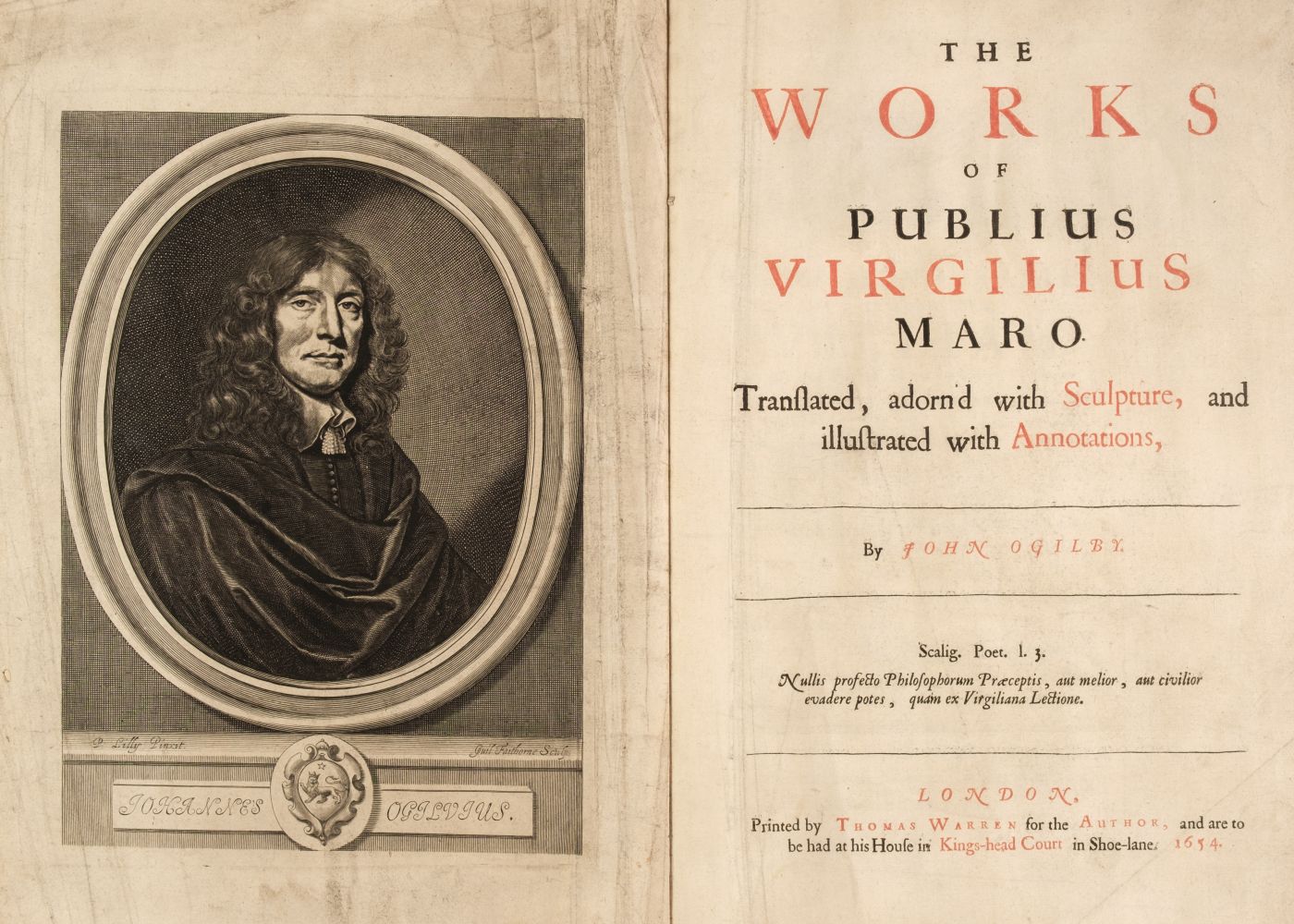


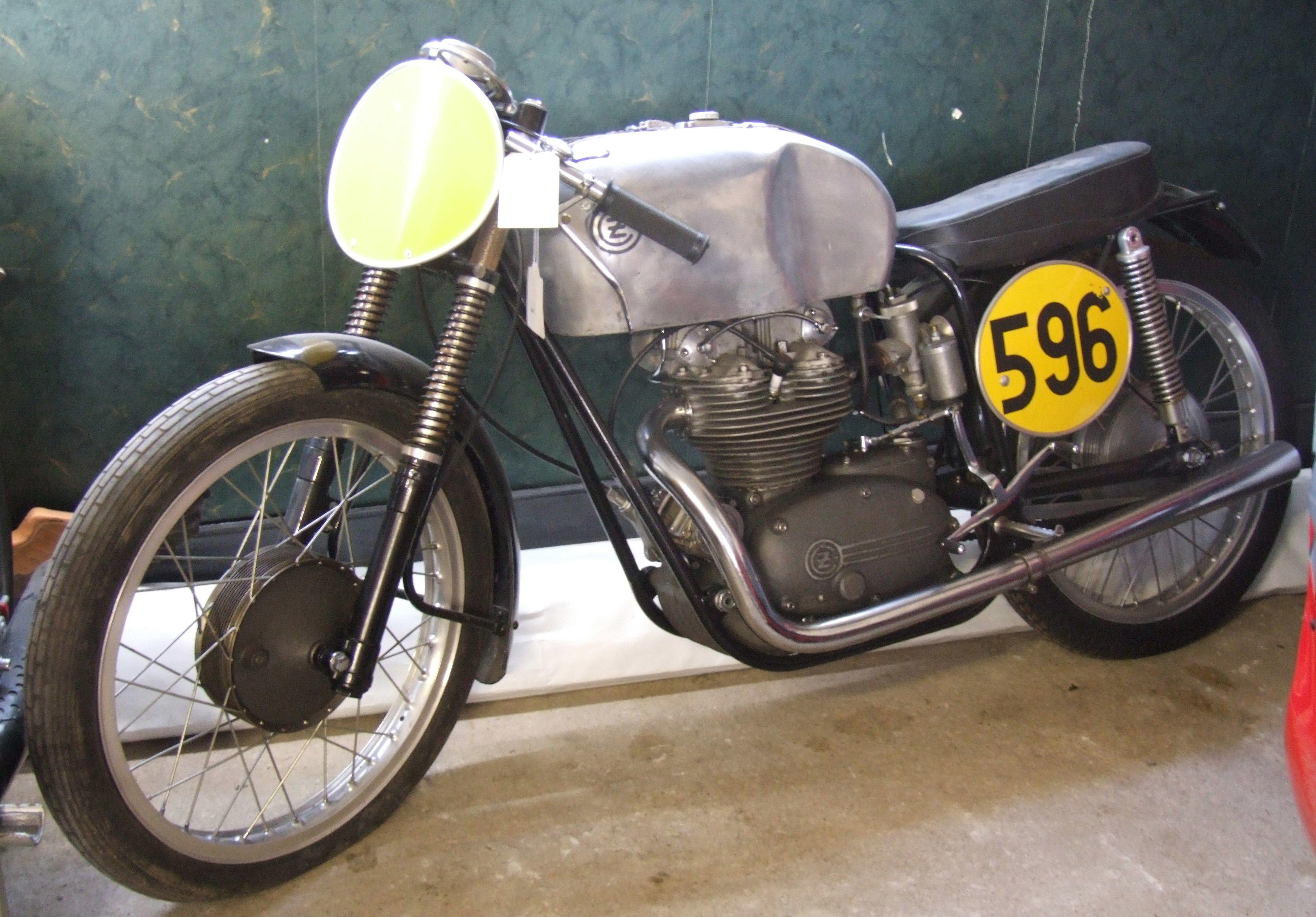
Testen Sie LotSearch und seine Premium-Features 7 Tage - ohne Kosten!
Lassen Sie sich automatisch über neue Objekte in kommenden Auktionen benachrichtigen.
Suchauftrag anlegen